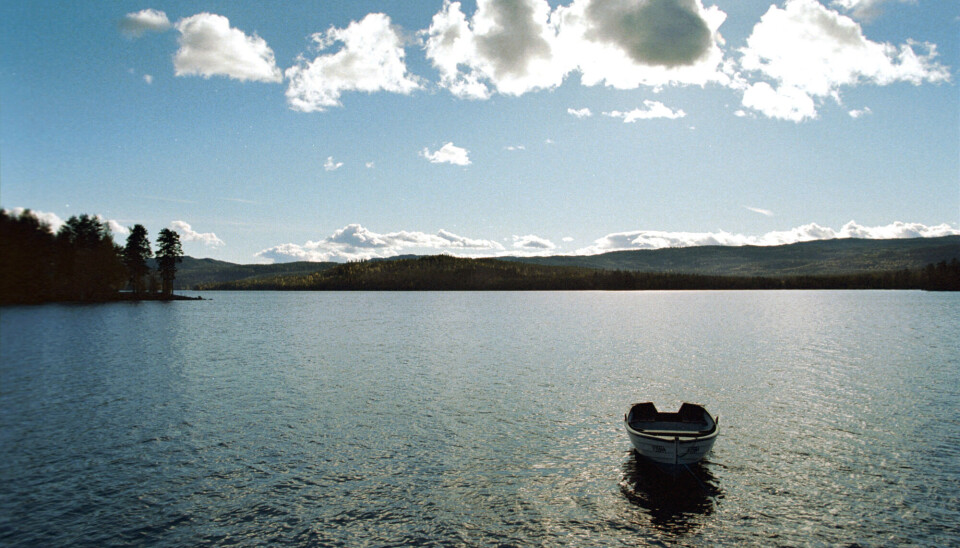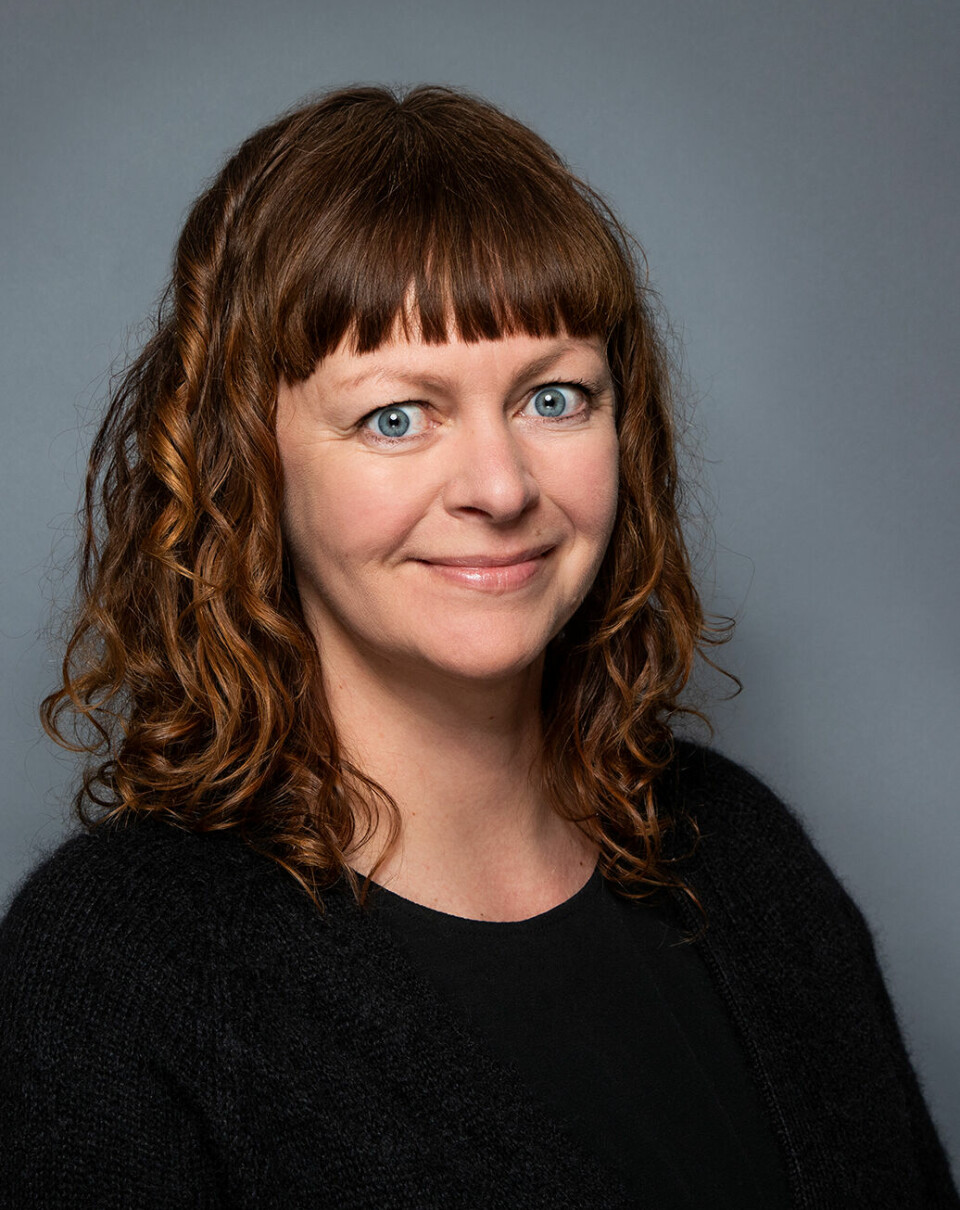
Almost 9 out of 10 people who drown are men. Why?
Three factors may explain why most of those who drown are men.
So far this year, 53 people have died by drowning in Norway. Last year, 89 people died by drowning.
These newly released numbers are from Redningsselskapet, a more-than 100-year-old volunteer organization that focuses on saving people from drowning. The group is responsible for national drowning statistics.
And while 42 per cent of drowning accidents in 2022 occurred during the summer, the rest were relatively evenly distributed among the spring, autumn and winter seasons.
As few as 11 per cent of drowning accidents occurred when the victim was swimming.
So what’s behind the fatalities?
Most drowning deaths at sea
In Norway, the most common causes of drowning deaths were from falling from land and into the water and falling from a recreational boat and into the water. One in three drowned after falling between a boat and the jetty, while one in three drowned after falling from a boat, capsizing or grounding.
One in five drowning accidents occurred in winter, but only 2 per cent of them occurred as a result of people falling through ice. Many of the winter accidents are boating accidents.
In Sweden, a number of accidents result from people falling through the ice. Tanja Krangnes, section head for drowning prevention at Redningselskapet, says that the Swedish culture of ice-skating on their large lakes may explain this trend.
In Norway, the majority of people drowned in the ocean, while the second most common was to drown in a river. Many accidents also occurred in lakes.
This summer has been marked by an increased number of drowning deaths in rivers.
“There are variations from year to year. This year there have been a number of accidents in connection with trips along rivers and people who have gone swimming in currents that were stronger than expected,” Krangnes said.

Men and boats
Men are greatly overrepresented in the drowning statistics. Nearly nine out of ten of those who drowned in Norway in 2022 were men. The risk increases with age.
Eighty-seven per cent of people who drowned in Norway in 2022 were men.
Krangnes thinks this is due to three different factors.
The first: exposure
More men than women are active in and around water, such as with a private boat. There may be several men in a boat, or men may be boating alone.
About 95 per cent of Norwegian fisherfolk are men, according to figures from the Directorate of Fisheries.
More men than women are also likely to be in the outdoors, or they may fish from land or in the river.
At the same time, most nightlife accidents involve men. Some of these accidents can result from something as simple as a man peeing from the edge of a pier and losing his balance.
The second: behaviour
“Behavioural research points to men overestimating their own skills and underestimating risk to a greater extent than women. Swimming is a skill that needs to be practiced, and your ability changes throughout your life. You cannot necessarily swim today like you did 20 or 30 years ago,” Krangnes said to sciencenorway.no.
Krangnes also said that getting older is itself a risk factor.
“There is a lot going on with your body as you age — your physique, your reaction time and muscle strength. That, combined with the fact that you follow old routines can be a factor,” she said.
The third: alcohol and water
Men, to a much greater extent than women, combine alcohol with activities in and around water, Krangnes said.
Young people are also in the drowning statistics. Boys are overrepresented.
There, too, much is not known, Krangnes said.
“It is conceivable that peer pressure can come into play, so that a boy does things for which he has no skills, just to prove how tough he is,” she said.
Uncertain alcohol figures
No one knows how many of the accidents in total happen when people are drunk. What is known is that 38 per cent of people who have died in recreational vessels have been under the influence of alcohol or other drugs, according to data from the Norwegian Maritime Directorate.
By far the most common cause of drowning is falling into the sea from a boat or quay.
People may be planning to work on their boat, but slip and fall between the boat and the jetty.
“If the water is cold and you slip and hit your head, the odds are against you. In any case, if there isn’t enough safety equipment at the harbour, it can be difficult to get out of the water,” Krangnes said.
Norwegians are weak swimmers
A 2021 survey showed that Norwegians don’t score well when it comes to swimming skills, compared to neighbouring countries.
Four out of ten Norwegians said in a survey that they could not swim 200 metres or more. At the same time, 95 per cent believed that it is very important to be able to swim.
This has an impact on the statistics, Krangnes said.
“Compared to Sweden, Norway has roughly twice as many accidents on a per capita basis. The Swedish numbers are also usually much lower overall,” she said.
Swedish statistics show that 70 people died from drowning in 2022. There were 0.7 drowning accidents per 100,000 inhabitants. In Norway, that figure was 1.6 per 100,000 inhabitants.
Could this be because Norwegians are out on the water more than Swedes?
“We may not be out on the water more than our Swedish neighbours, but there is a different factor at play. We have a more exposed coast,” Krangnes said.
Zero drowning deaths a target
If this year’s numbers continue at the same pace, the Norwegian drowning statistics for 2023 will be far worse than last year. At the same time, Redningsselskapet has long wanted zero drowning deaths to be a national target.
But is it realistic to expect no one to drown?
“We believe that a zero vision is important to have as a beacon and a goal to strive towards. That’s why it’s important for the Norwegian parliament, the Storting, to adopt a public goal of zero drowning deaths,” Krangnes says.
That has now actually happened. On Tuesday 15 August, the Storting decided to adopt a target of zero drowning deaths.
“This target has to be followed by an action plan. We must bring about a concerted national effort to combat drowning accidents and increase awareness of how they can be prevented,” Bjørnar Skjæran, Minister of Fisheries and Ocean Policy, said in a press release (in Norwegian).
Need targeted measures
“We are very happy that the government is adopting a zero vision and starting work on an action plan. We look forward to participating in that effort,” Krangnes said. “We need targeted measures for different groups and more research.”
In 2021, researcher Tore Kristian Aune at Nord University advocated for training that would extend beyond learning to swim in a pool. He argued that people must learn to swim outdoors.
“There is perhaps not enough attention paid to the goals for why we teach swimming and lifesaving in school, and the teaching needs to be adapted to reach these goals,” Aune said.
------
Translated by: Nancy Bazilchuk
Read the Norwegian version of this article on forskning.no
------





































